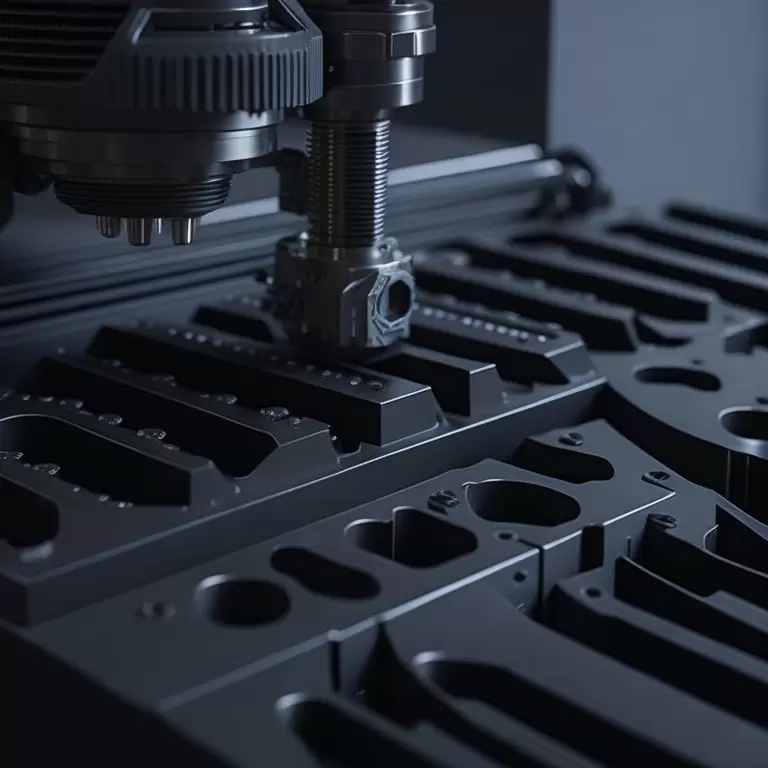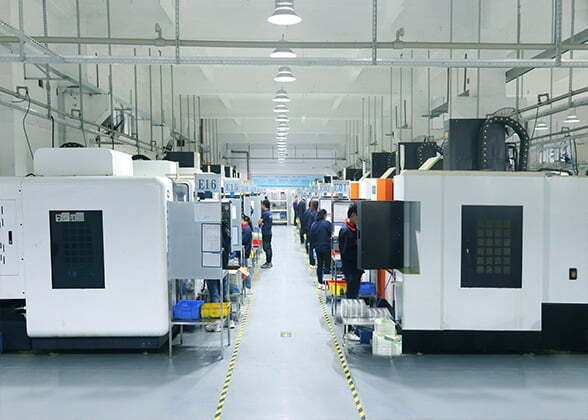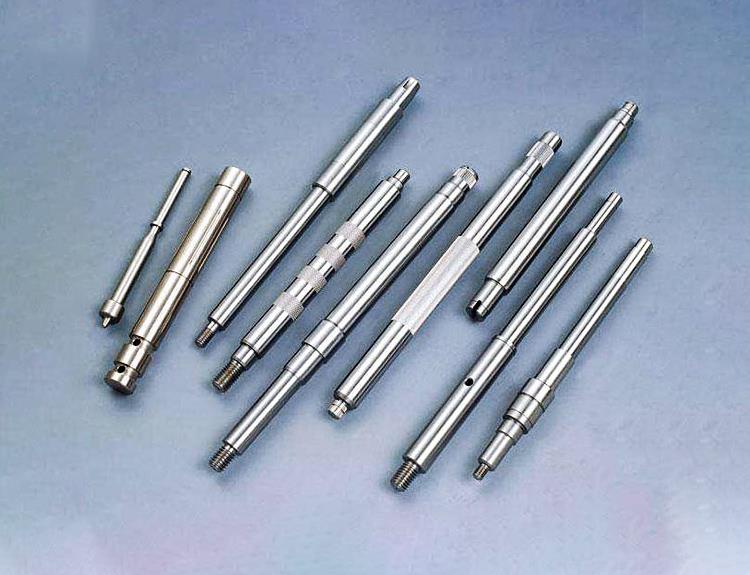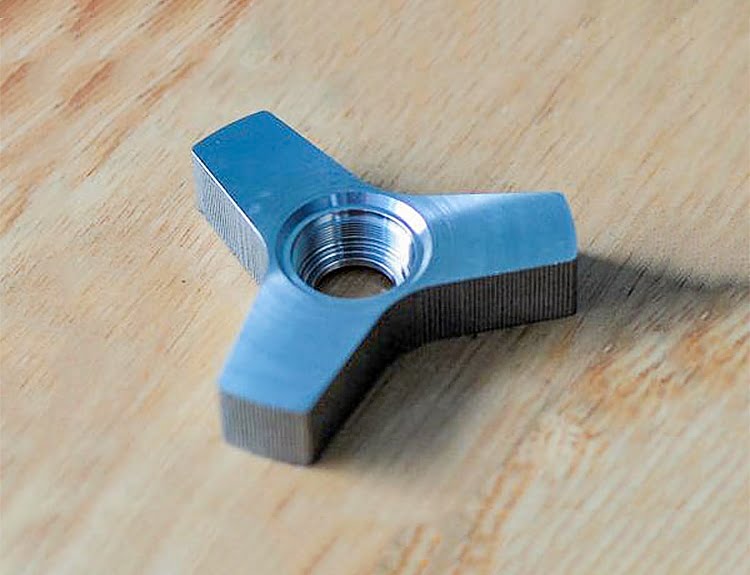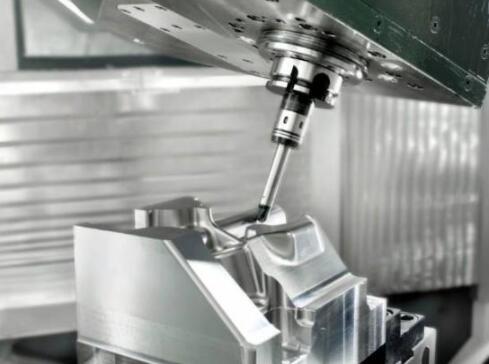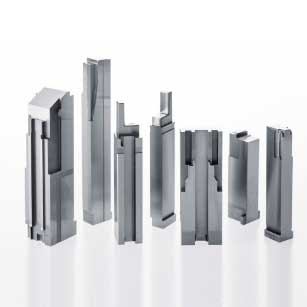Table of Contents
- Introduction
- Advantages of POM CNC Machining
- POM Machining Techniques
- Applications of POM CNC Machining
- Best Practices for POM CNC Machining
- Conclusion
-
1.Introduction
POM CNC machining is a manufacturing process that involves the use of Computer Numerical Control (CNC) machines to produce high-precision components made from Polyoxymethylene (POM) thermoplastic material. POM is a widely used engineering thermoplastic that has excellent mechanical properties, including high strength, stiffness, and hardness, combined with low friction and good wear resistance.
POM CNC machining has a long history dating back to the 1950s when POM was first developed by DuPont. Since then, POM has been used in a wide range of applications, including automotive, aerospace, medical, and consumer goods industries. With the advancement of CNC technology, POM CNC machining has become a more precise and efficient method for producing complex parts with tight tolerances.
In this guide, we will provide an overview of POM CNC machining, including its advantages, historical development, machining techniques, applications, and best practices.
-
2.Advantages of POM CNC Machining
POM CNC machining offers several advantages over other manufacturing processes, including:
- High-precision and accuracy: POM CNC machining produces parts with high precision and tight tolerances, making it ideal for applications that require precise and accurate components.
- Durability and resistance to wear: POM is a strong and durable material that can withstand wear and tear, making it suitable for use in high-stress applications.
- Low coefficient of friction: POM has a low coefficient of friction, which means that it has excellent sliding properties and can resist abrasion, making it ideal for use in bearings and other applications that require low friction.
- Good dimensional stability: POM has good dimensional stability, which means that it can maintain its shape and size even under high temperatures and pressure, making it suitable for use in demanding environments.
- Excellent machinability: POM is a material that is easy to machine, making it ideal for complex and intricate parts that require a high degree of precision.
Overall, POM CNC machining is a cost-effective and efficient method for producing high-quality components with tight tolerances and excellent mechanical properties.
-
3.POM Machining Techniques
POM machining is a process that involves the use of CNC machines to manufacture parts and components from POM (polyoxymethylene), which is a thermoplastic material. Some of the key techniques used in POM machining include:
- Definition of POM machining: POM machining is a process of using CNC machines to remove material from POM stock to create a final part or component.
- Basic principles of POM machining: POM machining involves using computer-controlled machines to cut and shape POM into the desired form. The process involves a range of operations, including milling, turning, drilling, and threading.
- Differences between POM machining and other materials: POM has unique properties that require specific machining techniques to ensure that the material is machined correctly. Some of the key differences between POM machining and other materials include the need for lower cutting speeds, the use of specialized cutting tools, and the need to maintain tight tolerances.
- Types of POM machining operations: POM machining involves a range of operations, including milling, turning, drilling, and threading. Each operation requires specific tools and techniques to ensure that the POM material is machined correctly.
- Key components of POM machining: Some of the key components of POM machining include CNC machines, cutting tools, fixturing, and programming software.
Overall, POM machining is a specialized process that requires specific expertise and equipment to ensure that parts and components are machined correctly. By understanding the basic principles of POM machining, manufacturers can produce high-quality parts and components from this material.
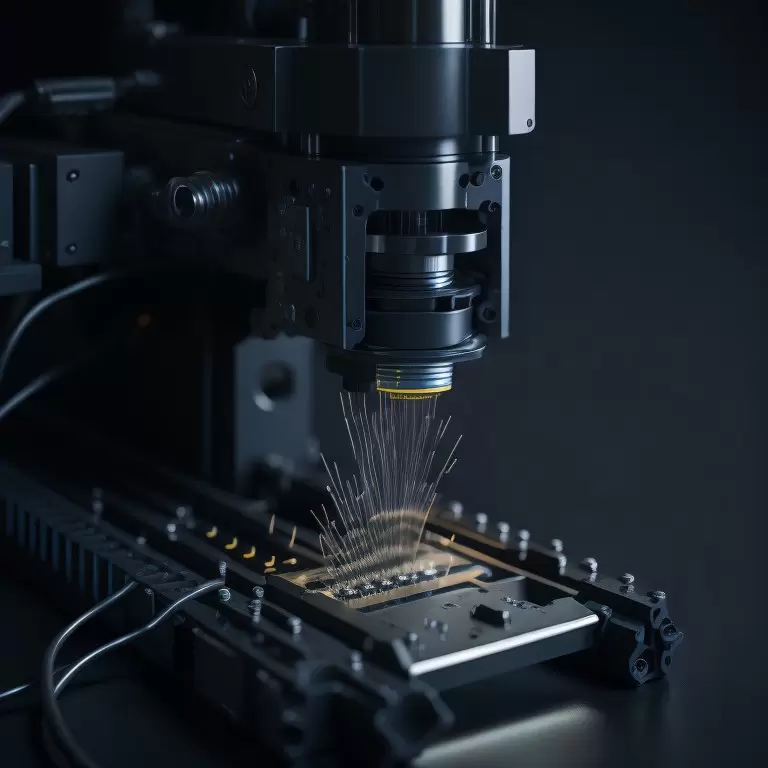
-
4. Applications of POM CNC Machining
POM CNC machining has a wide range of applications across various industries due to its unique properties and benefits. Some of the common applications of POM CNC machining include:
- Automotive industry: POM is a popular material used in the automotive industry for manufacturing various components such as fuel system components, interior trims, and electrical connectors due to its excellent dimensional stability, resistance to wear, and low coefficient of friction.
- Aerospace and defense industries: POM is also used in the aerospace and defense industries for manufacturing parts and components that require high precision, stability, and resistance to wear. Some of the common applications include gears, bearings, and structural components.
- Medical device manufacturing: POM is a biocompatible material that is widely used in medical device manufacturing for producing components such as surgical instruments, connectors, and drug delivery systems due to its high precision, dimensional stability, and excellent machinability.
- Electronics and telecommunications industry: POM is a popular material used in the electronics and telecommunications industry for manufacturing components such as gears, connectors, and housings due to its low coefficient of friction, excellent dimensional stability, and resistance to wear.
- Other industries and applications: POM CNC machining is also used in other industries such as the consumer goods industry, industrial equipment manufacturing, and prototyping for producing a wide range of components that require high precision, durability, and excellent machinability.
Overall, POM CNC machining has a broad range of applications across various industries, making it a popular choice for manufacturing parts and components that require high precision, dimensional stability, and resistance to wear.
-
5.Best Practices for POM CNC Machining
1. Material considerations
- Understanding the properties of POM material, such as its thermal and mechanical properties
- Proper storage and handling to prevent contamination or degradation
- Selecting the appropriate grade of POM material for the specific application
- Considering the environmental impact and recyclability of the material
2. Tool selection and maintenance
- Choosing the appropriate cutting tools, such as carbide or diamond-coated tools
- Maintaining proper tool geometry and sharpness for optimal cutting performance
- Monitoring tool wear and replacing tools as needed to prevent damage to the workpiece or machine
- Regularly cleaning and inspecting tools to prevent contamination or damage
3. Quality control and inspection
- Implementing a comprehensive quality control plan to ensure accuracy and consistency in machined parts
- Regularly calibrating and verifying machine accuracy and repeatability
- Inspecting machined parts for dimensional accuracy, surface finish, and other quality metrics
- Recording and analyzing quality data to identify trends and areas for improvement
4. Optimization of cutting parameters
- Understanding the effects of cutting speed, feed rate, and depth of cut on machining performance and quality
- Experimenting with different cutting parameters to find the optimal combination for the specific material and application
- Monitoring cutting conditions in real-time to prevent overheating or other damage to the workpiece or machine
- Using advanced software or simulation tools to optimize cutting parameters and minimize cycle time
5. Safety considerations
- Following all safety guidelines and regulations for POM machining, such as those established by OSHA or ANSI
- Properly training operators on safe operation of the machine and cutting tools
- Wearing appropriate personal protective equipment, such as safety glasses or gloves
- Regularly inspecting and maintaining the machine and cutting tools to prevent accidents or equipment failures.

-
6.Conclusion
In conclusion, POM CNC machining offers several advantages such as high-precision and accuracy, durability and resistance to wear, low coefficient of friction, good dimensional stability, and excellent machinability. It is widely used in industries such as automotive, aerospace, medical devices, electronics, and telecommunications.
To achieve the best results, it is important to consider material properties, tool selection and maintenance, quality control and inspection, optimization of cutting parameters, and safety considerations.
Looking to the future, POM CNC machining is expected to continue to play a significant role in various industries, as it offers unique properties that cannot be found in other materials. With the advancements in technology, we can expect to see even more efficient and precise POM machining techniques being developed, leading to increased applications in different sectors.

